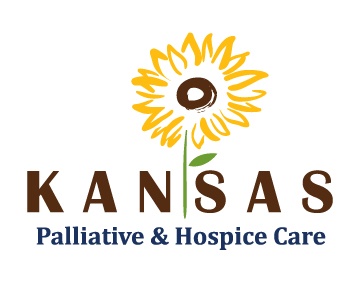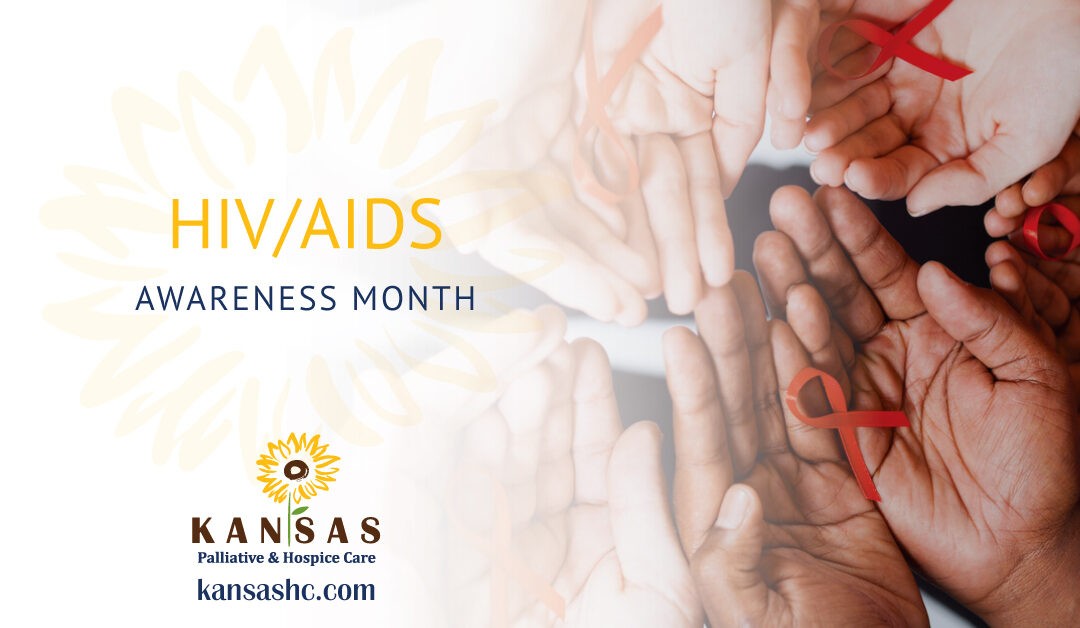In the United States alone, 1.2 million people are living with HIV/AIDS today. Unfortunately, that number continues to grow by about 20,000 new cases every year. And while we’ve made incredible strides in treatment and prevention over the past few decades (thanks in part to amazing advancements in hospice care), there are still many challenges ahead of us.
HIV/AIDS Awareness Month takes place every December and has been a part of the American calendar since 1987. The first cases were reported in 1981, and since then, it has become one of the most devastating pandemics in history—with more than 38 million people worldwide contracting the disease since its discovery.
The goal every December is to raise awareness about HIV and AIDS—and how to prevent it. It’s a chance to learn more about how we can help those living with HIV by getting tested and educating others. Hospice care is an important part of that history, as it was one of the first organizations to offer compassionate care for HIV patients.
This year marks the 35th anniversary of HIV/AIDs Awareness Month in America. The theme for 2022 is “Putting Ourselves to the Test: Achieving Equity to End HIV.”
As we fight against stigma and prejudice and work toward better treatment options on both ends of this disease spectrum, we must always remember that everyone deserves dignity—and respect—throughout their lives, no matter where they are along their path with HIV/AIDS (or any other illness).
Read on to educate yourself on HIV/AIDs history, stigmas, and how you can help reduce the number of new infections.
History of HIV/AIDS
In 1981, the first cases of AIDS were identified in the United States. The disease was later named Acquired Immune Deficiency Syndrome (AIDS) by Dr. James Curran, who headed up the CDC’s investigation into the disease.
In 1985, it was discovered HIV could be transmitted through sexual contact and blood transfusions. HIV/AIDS Awareness Month was created after being petitioned by activists in California who wanted to give visibility to those living with HIV/AIDS at the time.
The first HIV/AIDS Awareness Month was held in 1987 when President Ronald Reagan declared National AIDS Awareness Week. It was extended to an entire month in 1990 by President George H.W. Bush, who called for an “all-out war on AIDS.”
The awareness campaign began in 1990 at the San Francisco AIDS Foundation, which was founded to encourage people living with HIV/AIDS to come out of the closet and talk openly about their condition. It has since been adopted by organizations around the world, including the World Health Organization (WHO) and UNAIDS.
Since then, there have been multiple advancements in treatment options: HIV can now be managed with medications, and people infected with the virus can live long and healthy lives. HIV/AIDS has claimed over 38 million lives worldwide, but modern medicine has made tremendous strides in developing treatments that keep people healthy with minimal side effects.
Stigma and Access of HIV/AIDS
Despite all this progress, there are still many issues around HIV/AIDS that need to be addressed before we can say it’s “under control.” One of these issues is stigma—it’s still difficult for many people to talk about their status publicly because they fear judgment from others or don’t want others to know their private information. It’s important to remember that HIV doesn’t discriminate—it affects everyone equally.
HIV/AIDS affects so many people in our community—and beyond—and yet there are still so many misconceptions about how it is spread, who should get tested for it, and what precautions should be taken if you think you might have been exposed.
Another issue is access—some people do not have access to doctors or testing services where they live (or even if they do have access). And finally, there are many different ways that HIV can spread—it’s not just through sex or blood transfusions, but also through sharing unclean needles and syringes, and being born to an infected mother.
Even if you’re not at risk for contracting HIV/AIDS, there are plenty of ways to support those who are.
What You Can Do
There are many ways you can get involved in supporting organizations that are helping people living with HIV or affected by AIDS. Here are just a few ideas:
- Donate money to local organizations that provide free testing and treatment services
- Talk openly about your own experiences with HIV/AIDS
- Educate yourself on HIV/AIDS history, symptoms, and treatments–don’t be afraid to ask questions—you can start with a simple Google search!
- Donate money or goods (like food or clothing) to organizations that support people living with HIV/AIDS
- Volunteer your time at an organization that supports people living with HIV/AIDS
- Advocate for policies that help prevent new infections
- Write letters or emails expressing your support for those who are affected by HIV/AIDS
- Spread the word about AIDS Awareness Month by sharing this post with your friends and family members
- Get tested for HIV–you don’t have to be sick to get tested, and getting tested is the only sure way to know your status
- If you know someone who has been diagnosed with HIV, offer them support and compassion, without judgment or fear
Organizations like The Elizabeth Taylor AIDS Foundation are always looking for donations of money and other resources like clothing, food, and toiletries. You can even donate your time as well. The Elizabeth Taylor Foundation accepts volunteers who want to help with various programs they run throughout the year (such as their annual fundraiser).
There are many ways to get involved during AIDS Awareness Month, and one of the most important is education. While it’s not always easy to talk about the realities of living with HIV/AIDS, it’s important to understand how it affects people and you.
How Hospice Care Helps
Hospice care has helped change the way we deal with AIDS, and as awareness month approaches, it’s important to remember that hospice care has always been there for people living with HIV.
Early hospice programs were founded during the height of the AIDS crisis in order to provide care for those who might otherwise have no access to it. Hospice programs have been open and welcoming to people living with HIV since the beginning—and they still are today.
Today, hospice providers continue to provide excellent care for people with HIV/AIDS and other terminal illnesses. In fact, the National Hospice and Palliative Care Organization reports that 70% of hospice patients have an identified illness related to HIV or AIDS.
Kansas Palliative & Hospice Care has always been committed to helping our patients and their families through every stage of life’s journey, including ensuring those with HIV/AIDS live their final days with dignity and respect.
If you’d like to learn more about hospice care for HIV/AIDs patients, please get in touch with us.


